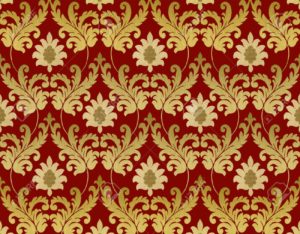
Workshop for the Columbia Residences on 11 April.
Audience participation Zoom session exploring ways to get more from an encounter with works of art. Discussion and hands-on exercises facilitate acquiring or improving skills that help you make art more accessible and pleasurable. If you have the time and interest before the session, look at these two paintings and think about how comparing them helps to facilitate analysis. Download a higher res image by clicking on the link provided.
click on this link for a larger image: 21wjug.jpg
- Vermeer: Young Woman with a Water Jug, 1660-62 Oil on canvas, 45.7 x 40.6 cm. New York: Met Museum
click on this link for a larger image: 28389
-
Matisse, Red Room (Harmony in Red) 1908 Oil on canvas. 180.5 x 221 cm St. Petersburg: Hermitage Museum
We’ll be using terms like: formal analysis, style, connoissership, intentionality, biographical approach, contextual approach, medium, technique, iconography.
+++++++++++++++++++++++++++++++++++++++++++++++++++++++++++++++++++++++++++++++++
-
29-30 April 2021. Virtual Conference: Jornadas Arte, Poder y Género: Mujer y retrato en el Renacimiento Universidad de Murcia: Spain Conference on Portraits of Women in the 16th and 17th Centuries. Some talks in English.
-
Conference schedule (all in Spanish time, 6 hours ahead of EDT)
++++++++++++++++++++++++++++++++++++++++++++++++++++++++++++++++++++++++++++++++
Re-Conceiving an Ancient Wonder, the Afterlife of the Mausoleum of Halicarnassus, 1500-1850. Aachen, Germany, September 2021.
I’ll be presenting a paper: Embodying the Mausoleum: Artemisia as Model for 16th and 17th C. Women Patrons and Regents
